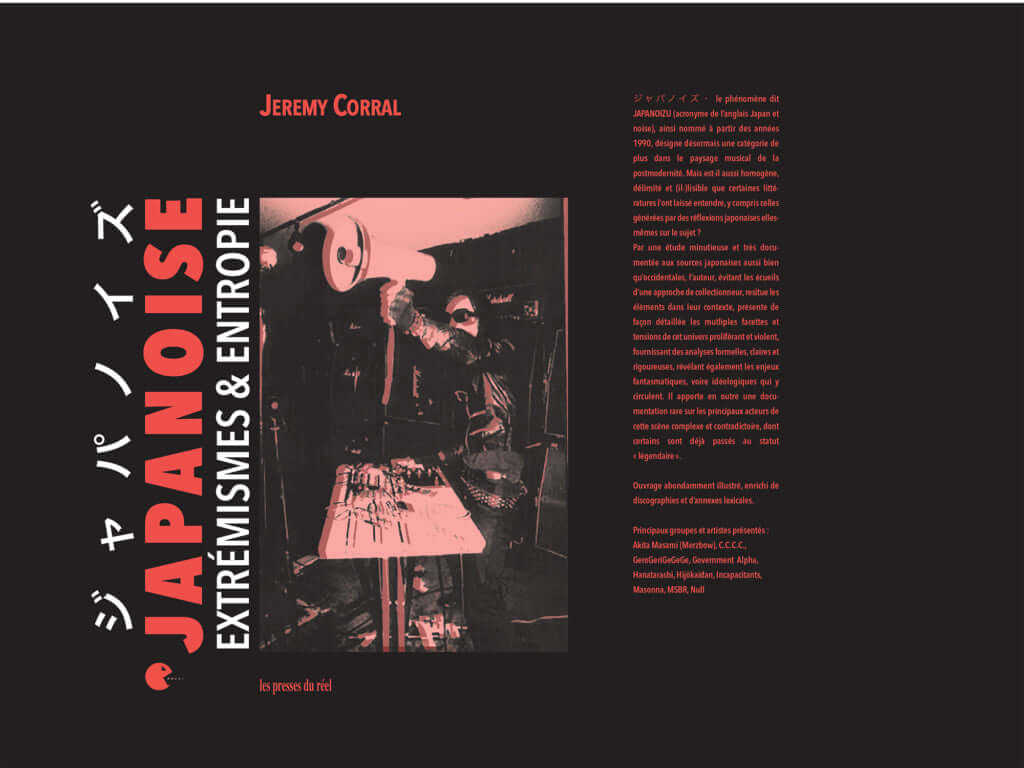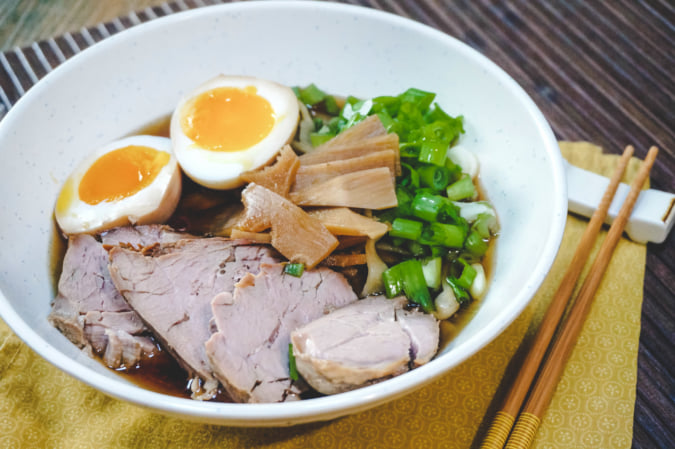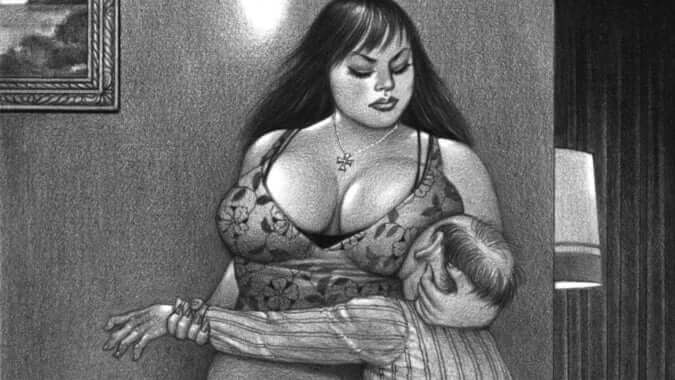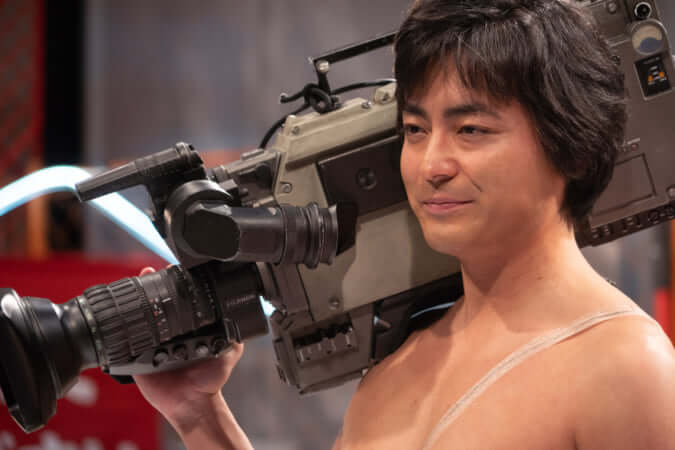‘Japanoise – Extremism and Entropy’, the Sound of Noise
In his book, Jeremy Corral documents the history of this musical movement that has influenced the underground scene worldwide.

© les presses du réel
In the 1970s, the Japanese avant-garde and counter culture were marked by the emergence of an unusual musical movement, Japanoise. Jeremy Corral, a specialist in alternative cultures and experimental music, seeks to provide a detailed presentation of it in his book Japanoise – Extrémismes & entropie (‘Japanoise – Extremism and Entropy’), published in 2019.
In this book, which is rich in interviews, reviews, photographs, posters and reports on concerts, Jeremy Corral first lays the foundations of the movement with an analysis of the evolution of the notion of noise in music, which appeared in Japan in the late 1970s. He then takes a closer look at Japanoise (Japanoizu in Japanese), a portmanteau of ‘Japan’ and ‘noise’, a term that emerged in 1990. The author explains its origin, specificities and influences, discussing the similarities and differences between Japanoise and other alternative movements like progressive electronic rock, jazz fusion and punk.
A genre without boundaries
In another section, Jeremy Corral features ten prominent groups within Japanoise, including C.C.C.C, MSBR, Masonna and Marbow, Akita Masami’s project. Neophytes can discover the principles but also the new scene of this Japanese musical movement.
Throughout the text, Jeremy Corral does not restrict Japanoise to within the country’s borders. Although it has its own specificities, this style lies at the junction between Japanese identity and a global musical current with influences as diverse as composer John Cage and the Fluxus movement.
Japanoise – Extrémismes & entropie (‘Japanoise – Extremism and Entropy’) (2019), a book by Jeremy Corral published by les presses du réel (not currently available in English).
TRENDING
-
Ishiuchi Miyako, A Singular Perspective on Women
Recipient of the 2024 Women in Motion Award, the photographer creates intimate portraits of women through the objects they left behind.

-
Recipe for Ichiraku Ramen from ‘Naruto’ by Danielle Baghernejad
Taken from the popular manga with the character of the same name who loves ramen, this dish is named after the hero's favourite restaurant.

-
Namio Harukawa, Master of Japanese SM Art
'Garden of Domina' offers a dive into the world of an icon of ‘oshiri’, whose work has now reached a global audience.

-
The Tattoos that Marked the Criminals of the Edo Period
Traditional tattoos were strong signifiers; murderers had head tattoos, while theft might result in an arm tattoo.

-
The Emperor of Japanese Porn is Now the Star of a Netflix Series
Deliciously funny, The Naked Director especially succeeds in reviving the atmosphere that was so characteristic of 1980s Japan.





